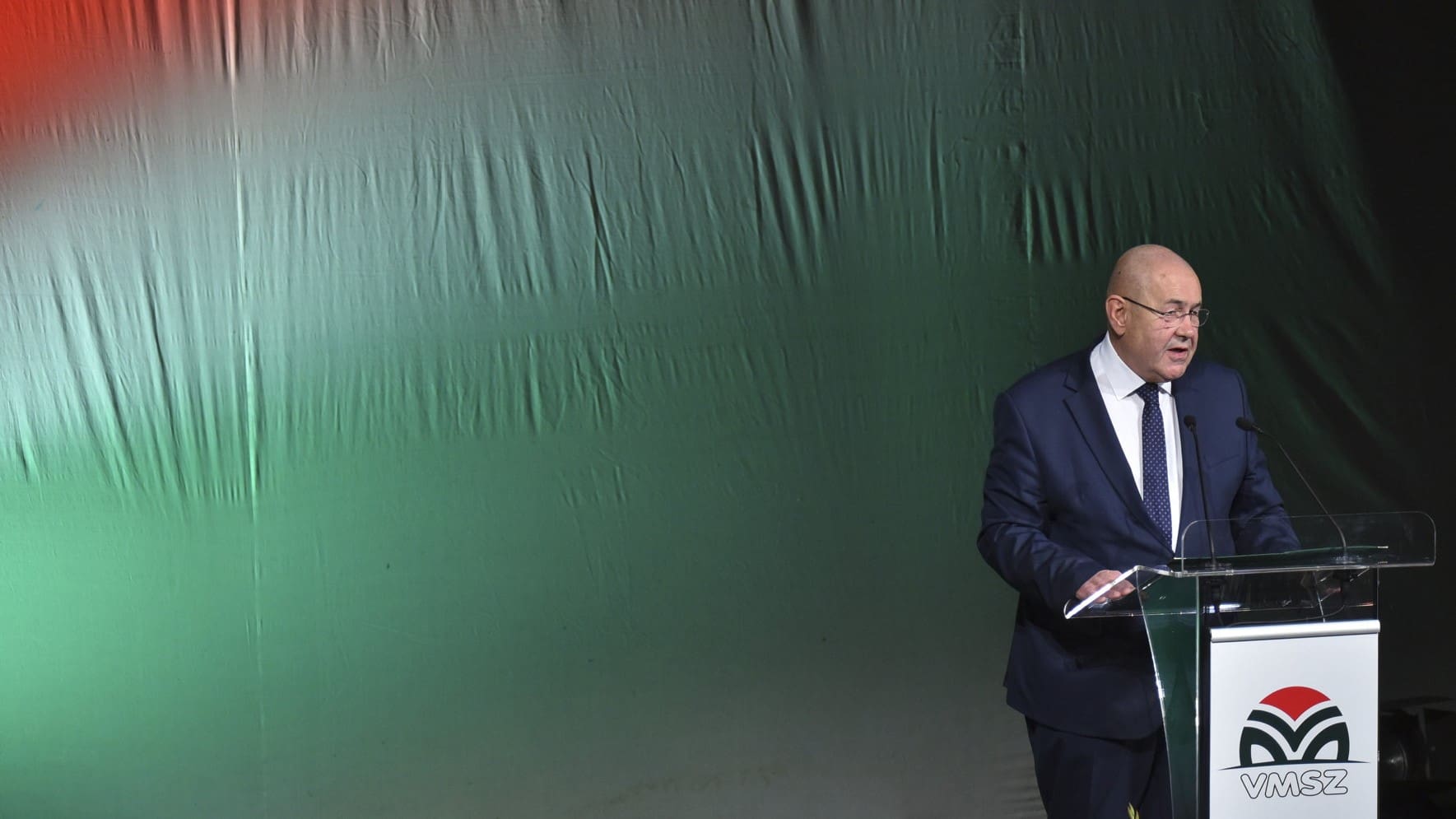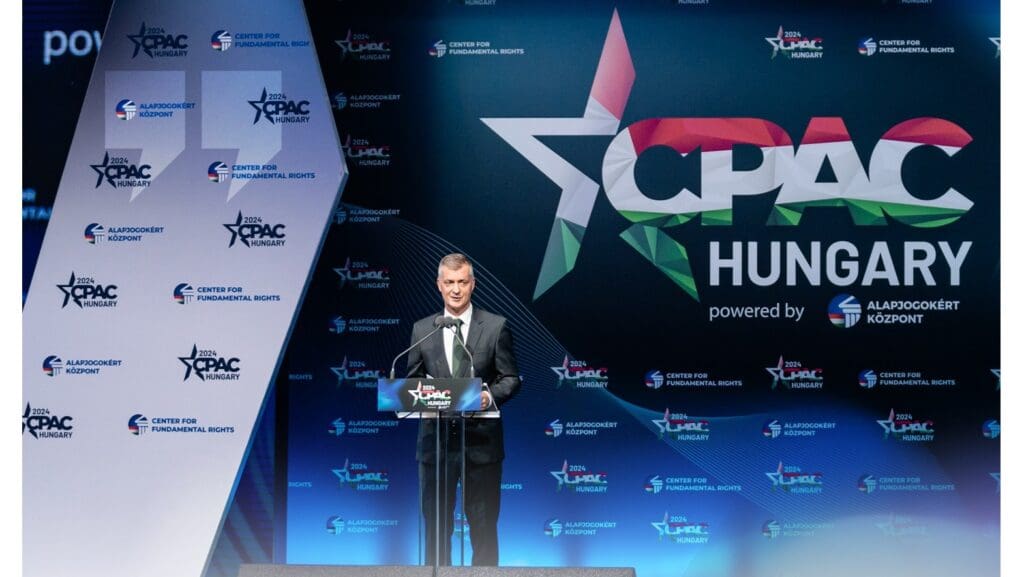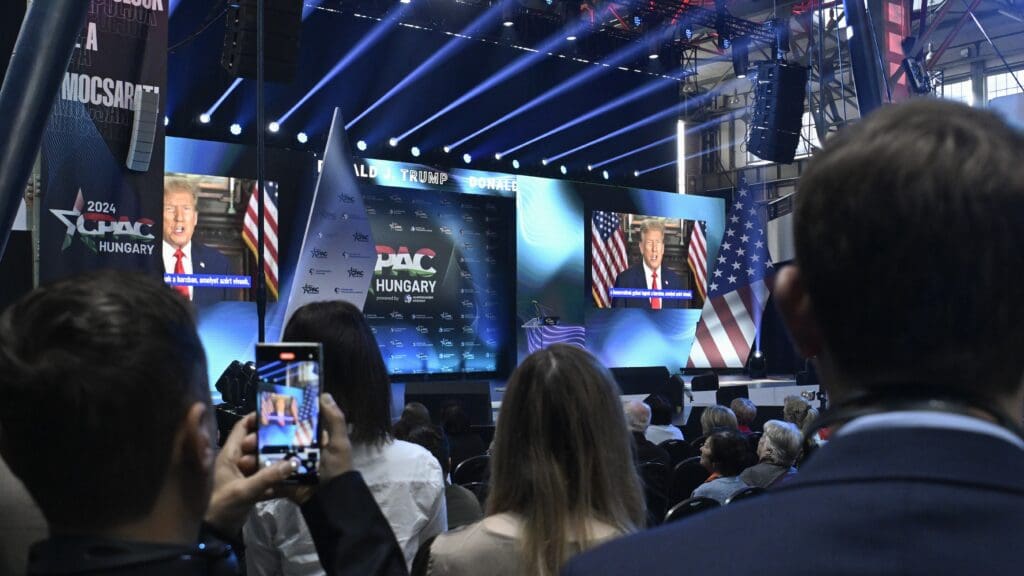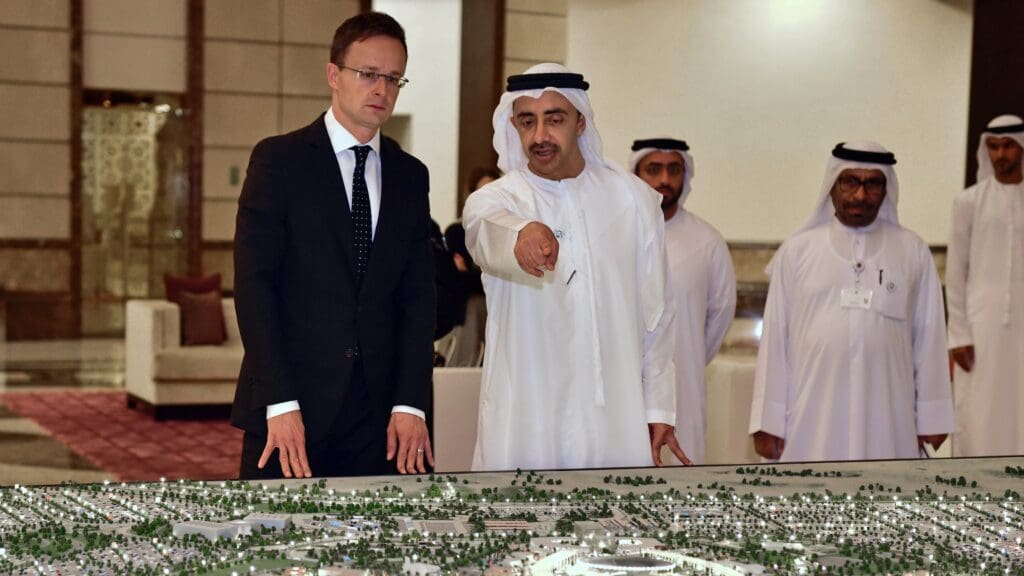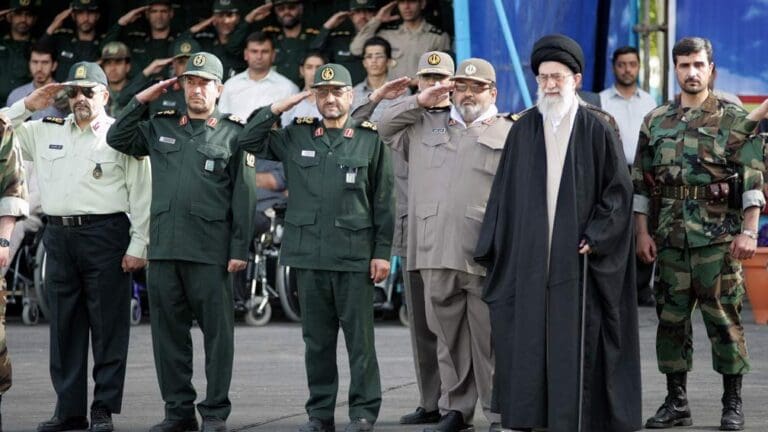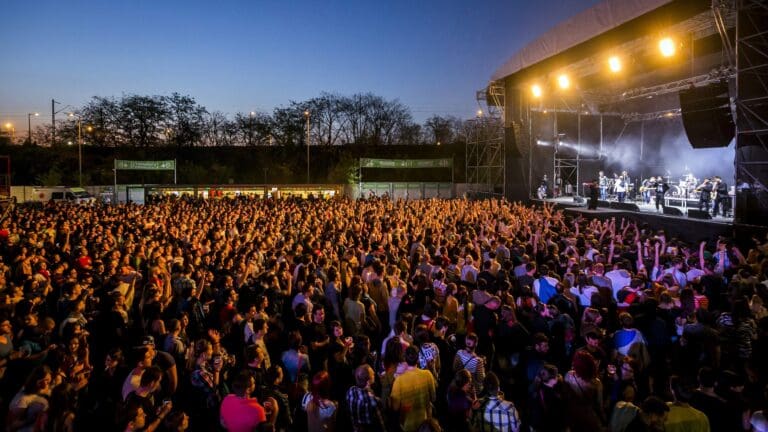As we reported earlier today, István Pásztor, head of the Alliance of Vojvodina Hungarians (VMSZ) passed away on Monday, 30 October at age 67. Pásztor led the VMSZ from 2007 until his death in 2023.
István Pásztor was born on 20 August 1956 in Törökkanizsa (Novi Kneževac), Yugoslavia, only about 15 kilometres (10 miles) away from the Hungarian border. He earned a law degree from the University of Újvidék (Novi Sad) in 1980. In 1996, he was elected to the Vojvodina Assembly for the first time, to continue to serve there until 2004. Pásztor simultaneously served in the lower chamber of the Federal Assembly of Yugoslavia as well, between 1996 and 2000.
He ran for President in the 2008 Serbian Presidential election, eventually getting 2.26 per cent of the popular vote. He thus did not advance to the second round, where he supported the eventual winner Boris Tadić. He ran again in 2012, getting 1.62 per cent of the vote that time.
In 2008, he won a seat again in the Assembly of Vojvodina. Four years later, in 2012, he was elected president of the Assembly.
Pásztor served in his position, presiding over the legislative body of the Autonomous Province of Vojvodina, for over a decade, until his untimely death just now.
istván Pásztor and Hungarian Prime Minister Viktor Orbán were close allies and long-time friends. The last time they officially met was at the Tusványos festival in Transylvania earlier this year.
Viktor Orbán bid farewell to the influential Hungarian Serbian politician in a Facebook post.
Log in or sign up to view
See posts, photos and more on Facebook.
István Pásztor’s son, Bálint Pásztor, is a Member of the National Assembly of Serbia, and has served there since 2007. He confirmed that his father passed away after a short and sudden illness.
The Commemoration of the Vojvodina Massacre
VMSZ President István Pásztor passed away the day after the commemoration of the Vojvodina massacre of World War II, which was held on Sunday, 29 October in the village of Csurog (Čurug).
The Axis powers occupied Vojvodina between 1941 and 1944, with Hungary being in control of the Bačka which was re-annexed by Budapest in 1941. What was originally meant to be raids by the Hungarian military against the Yugoslav partisans resisting the occupation turned into a massacre, to which some 4000 civilians fell victim, including women, children and elderly. The victims were ethnically mostly Serbs, but also Jewish.
In retaliation for the massacre, in 1944–45,
at least 20,000 innocent ethnic Hungarians living there were slaughtered by Yugoslav partisans,
and thrown into unmarked mass graves.
In 2013, a historic reconciliation process started between Hungary and Serbia, with then President of the Republic János Áder apologizing in the Belgrade parliament on behalf of Hungary for the atrocities committed by Hungarian soldiers in 1941. The Hungarian President and his Serb counterpart, Tomisla Nikolić visited together Csurog, one of the sites of the 1944 and 1945 massacres that can be regarded as ethnic cleansing, and laid wreaths at the monuments commemorating the Hungarians and Serbian victims respectively. Also, in the same year, the Serbian government annulled a resolution that had branded the Hungarian ethnic minority collectively responsible for the atrocities committed against Sebs during the Hungarian occupation of Vojvodina.
Survivor of the Vojvodina massacres Júlia Teleki was present at the event; she was 10 months old when her father was taken away by the partisans and executed. Árpád Fremond, head of the Vojvodina Hungarian National Council was also in attendance. In his remarks, he stated that it is important to remember such atrocities in history so that we can prevent them from ever happening again.

